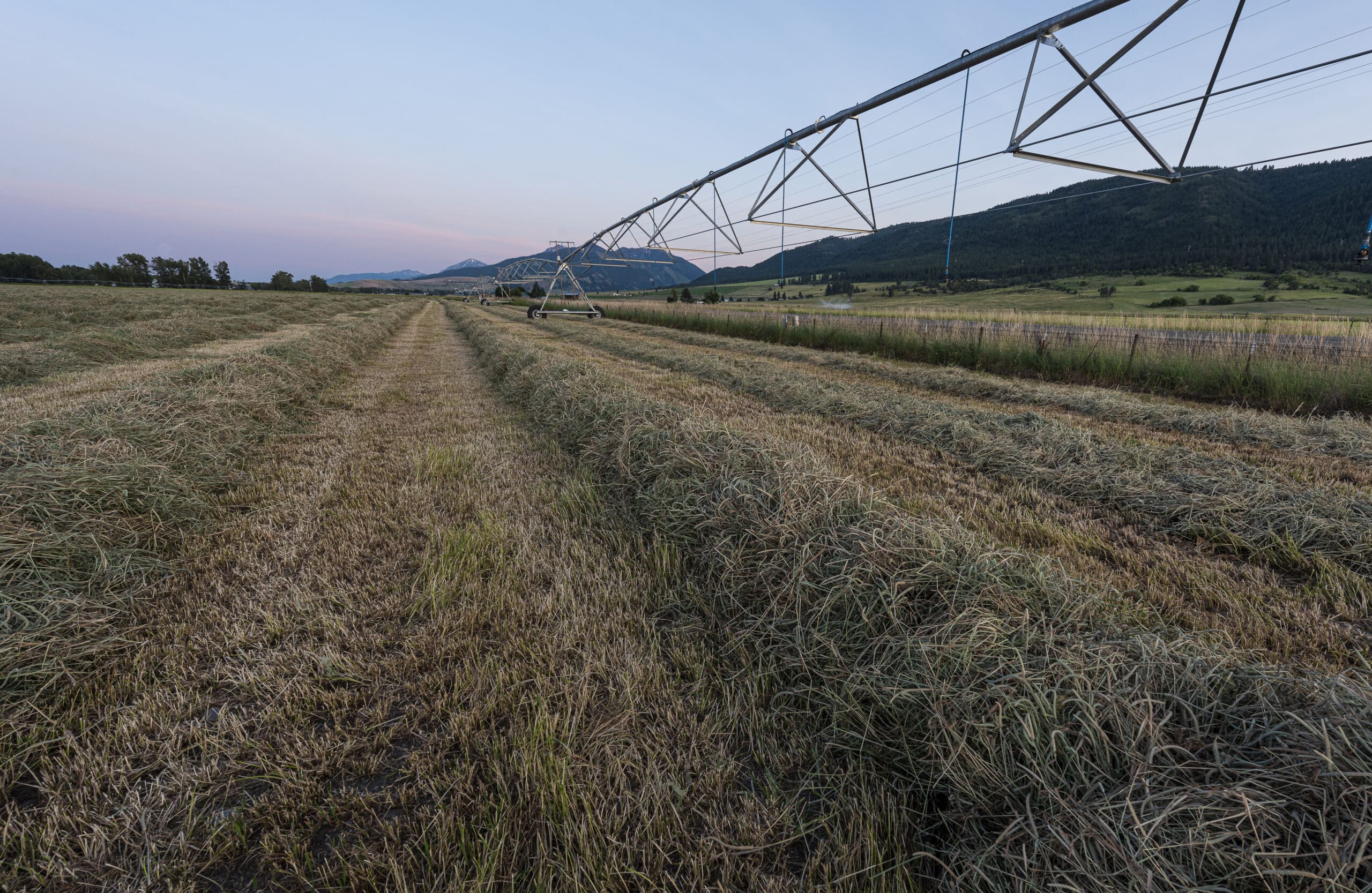The Lostine
When envisioning the American West, you might conjure up vast landscapes, snow-capped peaks, red barns, golden fields, dusty ranches, open roads, and wide skies. You’d have imagined the Lostine. It has classic features that define this part of the United States, including those often unseen, such as the complex and growing pressures on water resources.
Thirty years ago, Chinook nearly went extinct here. Sixty years ago, Coho did. As agricultural production ramped up, salmon populations decreased in tandem. With roots as a water trust, The Freshwater Trust (TFT) believes working lands and healthy rivers can coexist, but collaboration, coordination, and investment must be made as commonplace as the red barns and cattle that welcome you into the rural towns of Joseph, Enterprise and Wallowa. Our strategic conservation efforts ensure fish and farming are resilient enough to withstand the pressures of a changing climate.
TFT has partnered with more than 80 landowners to lease water rights and upgrade irrigation infrastructure to more efficient systems since 2004. The outcomes of these actions and partnerships are always quantified. In 2019 alone, our efforts resulted in more than 12,000 gallons per minute conserved.
“That total is impressive,” said Jess Humphreys, conservation project manager and resident of Enterprise, OR. “But while the number signifies more water for fish, it is also proof of strong relationships.”
TFT oversees two major irrigation upgrade projects in the basin. Humphreys managed the transition of more than 800 acres of flood irrigated land on the Wolfe Family Ranch, a massive operation in Wallowa County, to more precise pivot systems. Then, upon witnessing neighboring success, an adjacent family ranch began working with TFT. In 2019, the second irrigation efficiency upgrade was complete. Five new pivot systems were installed and 277 acres were transitioned. These projects now conserve nearly 4,500 gallons of water per minute.
“I’ve always believed that if you have a healthy ecosystem surrounding the areas you produce agricultural products, it’s more likely that the areas you produce in will be healthy,” said Woody Wolfe, owner of the Wolfe Family Ranch. “Helping restore the salmon runs is one of the personal gratifications that I get out of it. Some of the reasons are monetary.”
The Wolfe family estimated a 10 to 20% increase in agricultural production since the project was completed.
Humphreys is hopeful that by the end of 2020, she will develop a new conserved water project on the lower Lostine that will convert 260 acres from flood to pivot. In addition to saving water, these projects require contracting with local electricians, excavation companies and irrigation system contractors.
Last year also marked the 15th year of the Lostine Minimum Flow Agreement. The program designed in 2004 compensates farmers and ranchers for working together to maintain a minimum flow of 15 cubic feet per second, or approximately 6,700 gallons per minute, during the hottest times of the year. If met, the participants receive incentive payments. This year, the collective decided to dedicate a portion of their irrigation efficiency bonus payments to install an automated head gate and telemetered gage on one of the main ditches, to better manage, understand, and track the flow of water.
“TFT may have set up a table, but the local community has come to take a seat,” said Humphreys.







